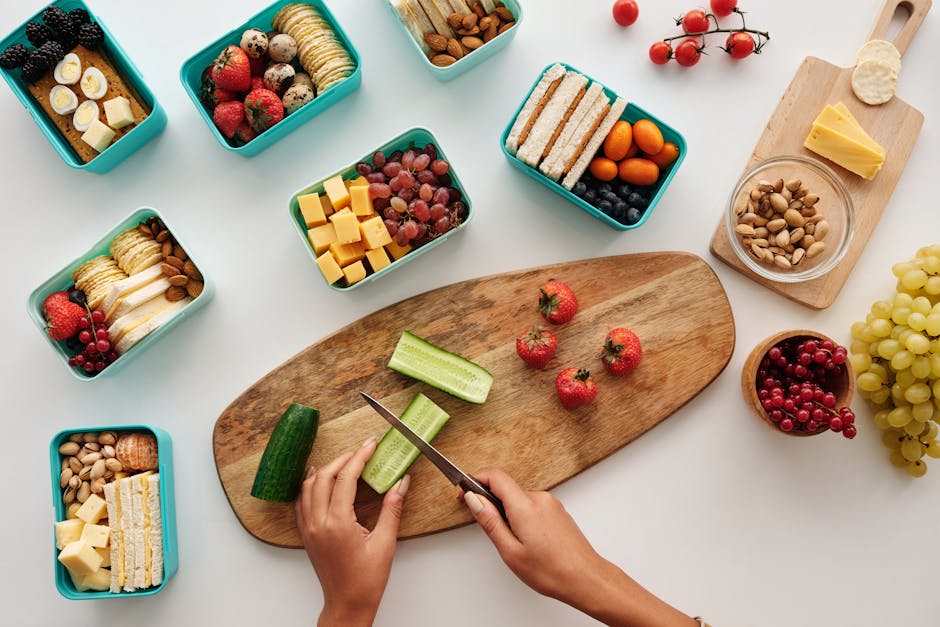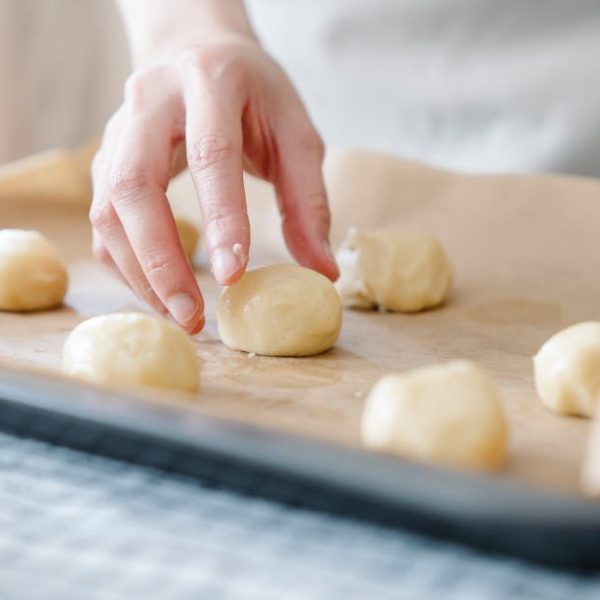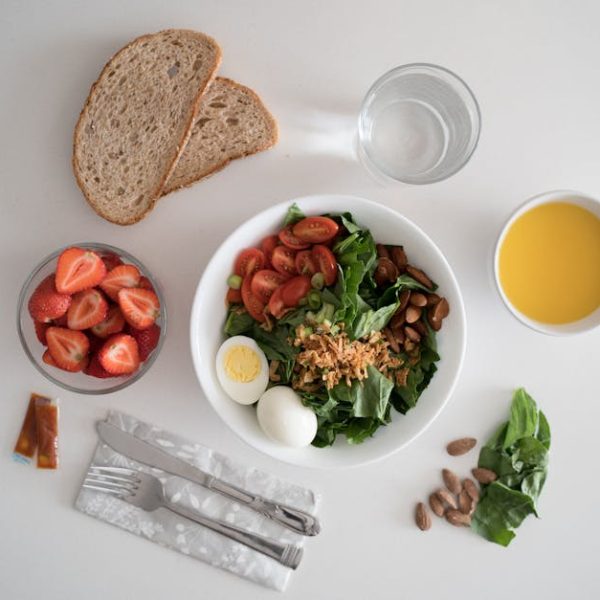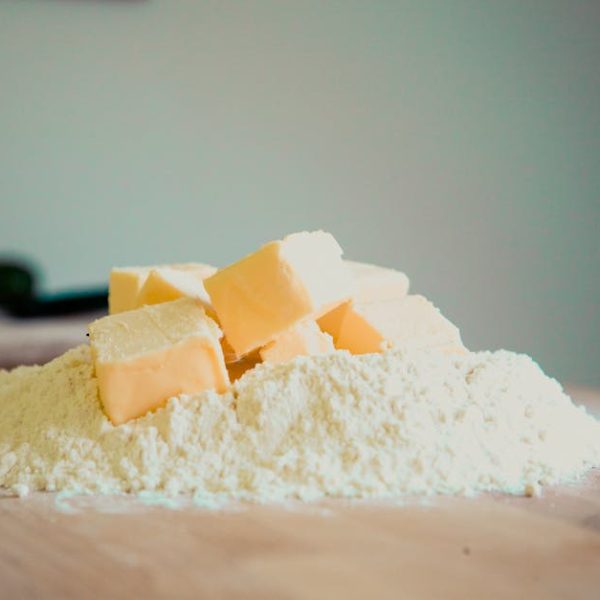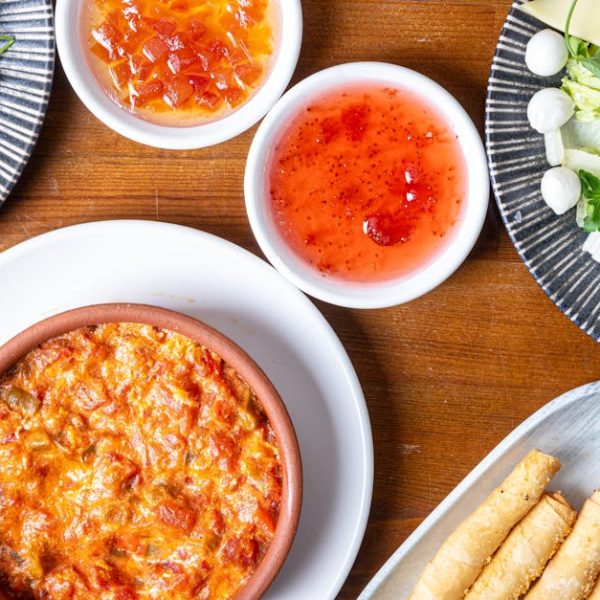When it comes to the delightful crunch of a fresh cucumber or the tangy kick of a dilled pickle, personal flavor preferences may tip the balance. However, beyond just taste, these two versions of the same vegetable offer different nutritional profiles, storage requirements, and uses in various dishes. In essence, a pickle is really a cucumber—but a cucumber is definitely not a pickle. Let’s journey into the main transformations that occurr from farm to jar to grasp the intricacies between cucumbers and pickles.
Differences in Production and Preparation
Primarily, cucumbers are grown in the field as like any other vegetable. They’re planted in late spring, harvested in summer and are ideal for fresh consumption, their tender, juicy flesh is best enjoyed raw.
On the other hand, pickles undergo an additional preservation step, through brining in vinegar or fermenting in a saltwater solution. This process not only alters the cucumber’s texture and taste but expands its shelf life dramatically.
⭐ Pro tip: Choose firm, fresh cucumbers for pickling—virtually any variety will do. And for those feeling adventurous, home pickling can be an exciting culinary journey!
Nutritional Content Variances
Cucumbers, mainly water, are low in calories and contain beneficial nutrients such as Vitamin K, potassium, and magnesium. They serve as a refreshing addition to salads or a hydrating snack on hot summer days.
Conversely, pickles—while still retaining some of these nutrients—also pack sodium from the pickling process. This makes them a flavorful but more calorie-dense option compared to their fresh counterparts.
Nutrition Comparison
| Cucumbers | Pickles |
|---|---|
| 16 Calories | 34 Calories |
| 76% Water | 92% Water |
| Vitamin K | Vitamin K + Sodium |
| Magnesium and Potassium | Magnesium, Potassium + Calcium |
The pickle’s elevated sodium content can be a concern for those managing blood pressure, while cucumbers’ hydration and lower calorie content are a boon for the wellness-focused. Keep these factors in mind when making your choice at the grocery store.
Differences in Taste and Culinary Uses
Cucumbers, with their light, refreshing taste and crunchy texture, are a versatile ingredient in kitchens worldwide. They’re staple in salads, wraps, and a host of other dishes.
In contrast, pickles with their sharp, tangy flavor can enhance burgers, sandwiches and even some exotic dishes. Their distinct acidity can provide a counterbalance to rich, heavy ingredients.
✅ Checklist of dishes:
- Cucumber: Greek salad, Indian Raita, cucumber sandwiches
- Pickle: Dill pickle chips, pickle soup, pickle-stuffed chicken breast
By comparing the culinary uses, one can appreciate the uniqueness of cucumbers and pickles. Playing around with these ingredients in different meals can enhance your culinary endeavors.
Storage and Shelf Life Differences
When it comes to shelf life, cucumbers typically last one to two weeks in the refrigerator. This can vary depending on freshness at time of purchase and storage conditions.
However, thanks to the preservative power of vinegar, pickles can last upwards of two years unopened. Even after opening, pickles can be safely consumed for several months when refrigerated.
Best Practice: Store cucumbers in a cool, well-ventilated place ideally inside the refrigerator. Keep pickles tightly sealed and refrigerated once opened to maximize their shelf life.
From this breakdown, it’s clear that while cucumbers and pickles come from the same base, their treatment and uses diverge dramatically. With knowledge of their production, nutrition, culinary uses and storage, correcting misconceptions becomes far easier. But first, let’s tackle the last point of our comparison—concerns and misconceptions about cucumbers and pickles.
Concerns and Misconceptions about Cucumbers and Pickles
Some people associate pickles with unhealthy fast food items, like hamburgers or hot dogs, and may classify them as an “unhealthy” food. However, the truth is not so black and white. While pickles do contain higher levels of sodium due to the pickling process, in moderation, and depending on the rest of your diet, they can be part of a balanced, nutritious eating plan.
On the flip side, cucumbers are viewed nearly universally as a health food. However, like any food item, they should not make up the entirety of your diet. While packed with beneficial vitamins and minerals, cucumbers do not provide a complete nutrient profile necessary for optimal health.
Pro Tip: Strike the right balance. Variety is key to a healthy diet. So don’t be afraid to enjoy both cucumbers and pickles, just make sure to factor in the higher sodium content of pickles, particularly if you have blood pressure concerns.
In conclusion, both cucumbers and pickles have their respective goodness. While cucumbers are light and hydrating, pickles provide bold flavors and last longer. And now, with an understanding of these variances, you’re equipped to make enlightened food choices. Whether you’re preparing a refreshing cucumber salad or garnishing a burger with a tangy pickle slice, you’re doing it with knowledge and confidence. Happy savouring!
Key Takeaway:
- Cucumbers and pickles, while physically similar, undergo different production processes, resulting in distinct nutritional profiles, flavour, uses, and storage methods.
- Fresh cucumbers are grown in fields and are best consumed raw, offering benefits such as hydration and key nutrients such as Vitamin K and potassium.
- On the contrary, pickles go through a preservation process, leading to a longer shelf life and a unique flavour but a higher sodium content.
- Although cucumbers and pickles have their individual concerns and misconceptions, both can be part of a balanced, nutritious eating plan.
Indeed, making informed decisions about what to eat can be empowering. Understanding not just the taste, but the nutritional content and impact of your food on your health, can lead to more enjoyable and wholesome meals. Thus, savour your pickles and cucumbers, but do it with the knowledge of what they bring to your plate. Happy eating!
FAQs
Q: How long does it take for a cucumber to turn into a pickle?
A: The process of pickling can take anywhere from a few hours to a few days, depending on the method and desired taste. A quick pickle method could take just a few hours, while traditional pickling could take several days.
Q: Are there any other vegetables that can be pickled?
A: Absolutely, many vegetables can be pickled, such as onions, carrots, and peppers. The process for pickling remains relatively the same, regardless of the vegetable.
Q: What are some low-sodium alternatives to traditional pickles?
A: Many stores offer low-sodium pickles, which can be a healthy alternative. Alternatively, you can try pickling at home, controlling the amount of salt used.
Q: What is the best type of cucumber to use for pickling?
A: There’s no single best variety for pickling; however, selecting fresh, firm cucumbers regardless of the variety can yield successful results.
Q: How can I incorporate pickles into a healthier diet?
A: Pickles can be a part of a balanced diet, but should be eaten in moderation due to their high sodium content. They can be used as a flavorful addition to salads, sandwiches, or even as a snack.
Don’t forget to share this article with others or explore our website for more insights.
